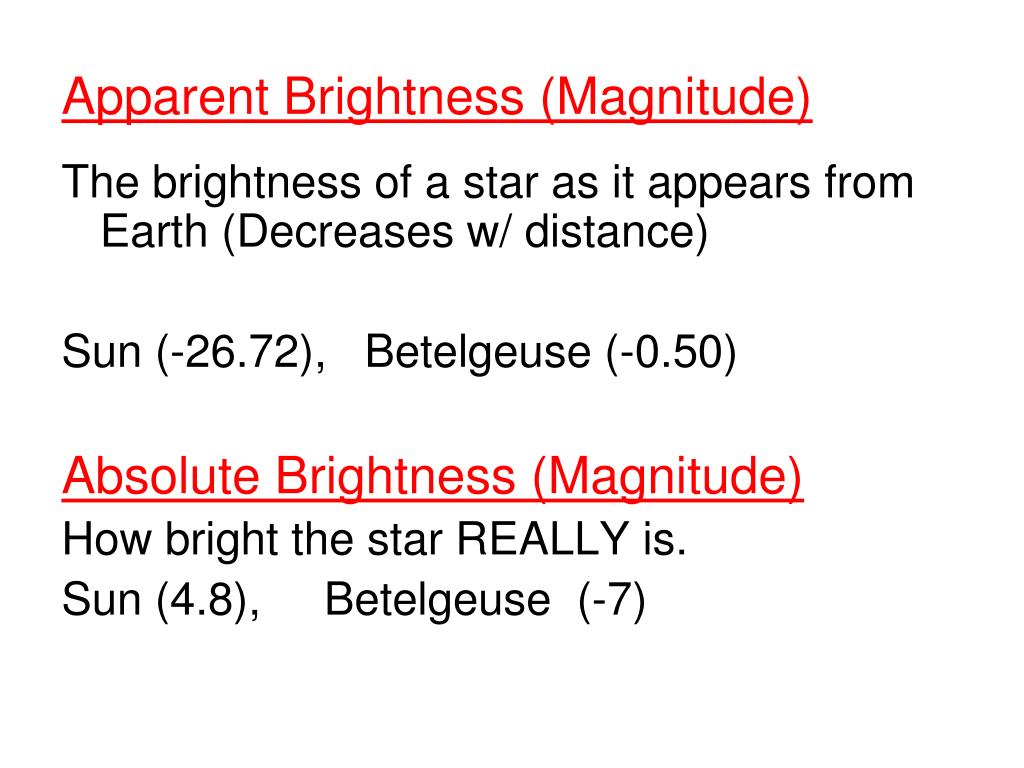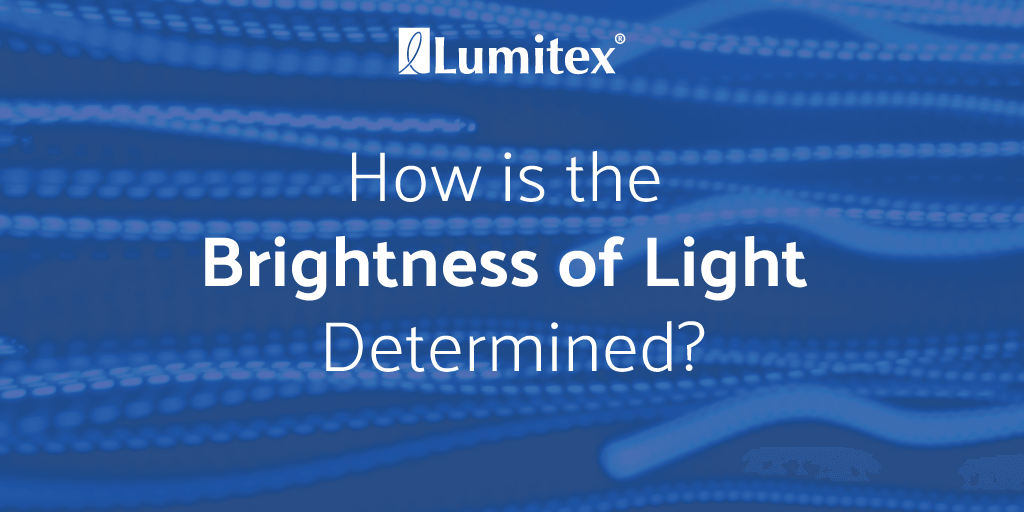
However, the Helmholtz-Kohlrausch (HK) effect shows that the brightness of a stimulus is not a simple representation of luminance, since the brightness of equally luminant stimuli changes with their relative saturation (i.e. Ĭlearly, brightness is monotonically related to luminance in the simplest case: the more luminant the stimulus is, the brighter it appears to be. Luminance is thought to be used by the brain to process motion, form and texture. Thus luminance is a measure of the intensity of a stimulus given the sensitivity of the human visual system, and so is integrated over wavelength. It is a function of wavelength, usually written as V( λ), and is typically measured by rapidly alternating a pair of stimuli falling on the same area of the retina the subject alters the physical radiance of one stimulus until the apparent flickering is minimised. Luminous efficiency, or luminosity, measures the effect that light of different wavelengths has on the human visual system. Hue is the perception of how similar a stimulus is to red, green, blue etc. Saturation is a measure of the spectral “purity” of a colour, and thus how different it is from a neutral, achromatic stimulus. Thus increasing the intensity of light falling on an object will increase its apparent brightness but not necessarily its apparent lightness, other things being equal. Lightness, on the other hand, is defined as the apparent brightness of an object relative to the object's reflectance. We also use fMRI brain scans to identify the neural correlates of brightness without changing the spatial context of the stimulus, which has complicated the interpretation of related fMRI studies.īrightness has been defined as the perceived intensity of a visual stimulus, irrespective of its source. Here, we take advantage of the relative simplicity of this ‘illusion’ to explain it and contextual effects more generally, by using a simple Bayesian ideal observer model of the human visual ecology. This non-linear relationship between stimulus intensity and brightness, called the Helmholtz-Kohlrausch (HK) effect, was first described in the nineteenth century but has never been explained. Similarly, stimuli that are red or blue appear brighter than equiluminant yellow and green stimuli. purer in colour) appear brighter than stimuli that are less saturated at the same luminance. Specifically, stimuli that are more saturated (i.e. A less well-known but equally important contextual phenomenon is that the colour of a stimulus can also alter its brightness. It's never very important to measure exactly how bright something is, it's usually much better to just say something is brighter than something else.The perception of brightness depends on spatial context: the same stimulus can appear light or dark depending on what surrounds it. It's important to note the importance of this quantification of "brightness" namely, it's limited.

In timbre, one commenter mentioned the Centroid frequency, which I imagine is a measure of central tendency of intensity at different harmonics. The unit for brightness would depend on the context when modulating to a new key, obviously one would talk of a "3-flat modulation" or "2-sharp modulation". When modulating to new keys, adding sharps is brighter, paying attention to enharmonics (E-F is a whole 7 sharps brighter, as every note moves up). In terms of chords and scales, when a note is raised in comparison to a standard, it is brighter, and the other way around is darker. He argues that an augmented chord is objectively brighter than a major chord, and from that he makes the case that brightness has nothing to do with consonance or dissonance. In which he notes brightness of chord qualities.

This link is quoting Erickson (1975, 6) who gives a table of subjective experiences and related physical phenomena based on Schouten's five attributes: The Acoustical Society of America (ASA) Acoustical Terminology definition 12.09 of timbre describes it as "that attribute of auditory sensation which enables a listener to judge that two nonidentical sounds, similarly presented and having the same loudness and pitch, are dissimilar", adding, "Timbre depends primarily upon the frequency spectrum, although it also depends upon the sound pressure and the temporal characteristics of the sound" (Acoustical Society of America Standards Secretariat 1994). In a German link about Klang it is said that this term has ti be differentiated of sound.

So a spongy term is defined by another spongy term, however you find physical formulas that most people can’t understand. To find evidence for my answer I looked up terms as tone, Klang, timbre and found that brightness is an aspect of tone quality but it is not clearly defind.


 0 kommentar(er)
0 kommentar(er)
